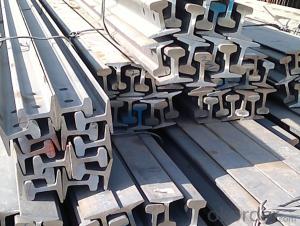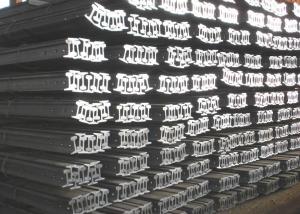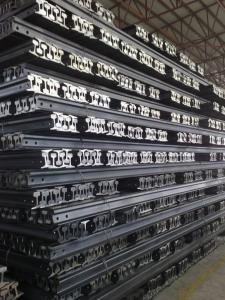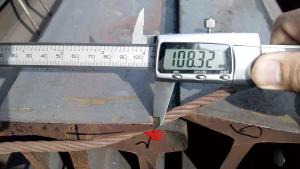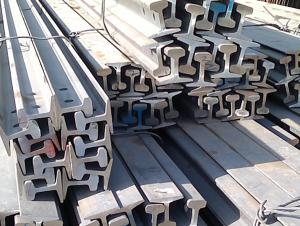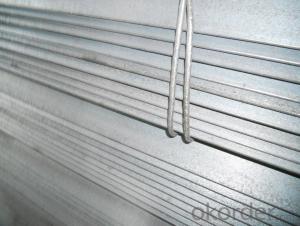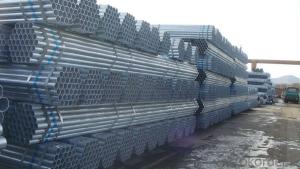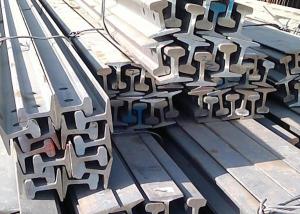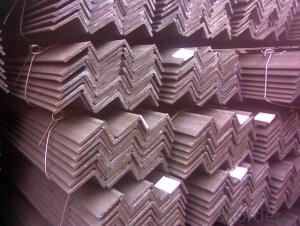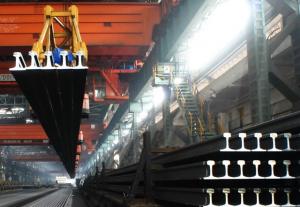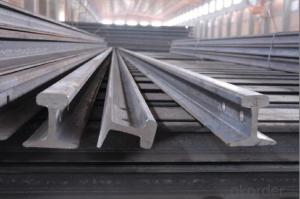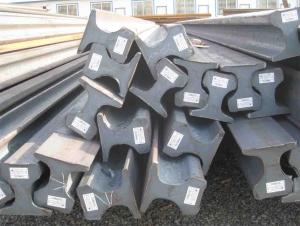Mild Steel Prime Hot Rolled Light Rail Steel
- Loading Port:
- China main port
- Payment Terms:
- TT OR LC
- Min Order Qty:
- 100 m.t.
- Supply Capability:
- 10000 m.t./month
OKorder Service Pledge
OKorder Financial Service
You Might Also Like
Specification
Product Description:
OKorder is offering Mild Steel Prime Hot Rolled Light Rail Steel at great prices with worldwide shipping. Our supplier is a world-class manufacturer of steel, with our products utilized the world over. OKorder annually supplies products to African, South American and Asian markets. We provide quotations within 24 hours of receiving an inquiry and guarantee competitive prices.
Product Applications:
Mild Steel Prime Hot Rolled Light Rail Steel are ideal for structural applications and are widely used in the construction of railways,mining rails, and transportation industries.
Product Advantages:
OKorder's Mild Steel Prime Hot Rolled Light Rail Steel are durable, strong, and wide variety of sizes.
Main Product Features:
· Premium quality
· Prompt delivery & seaworthy packing (30 days after receiving deposit)
· Can be recycled and reused
· Mill test certification
· Professional Service
· Competitive pricing
Product Specifications:
Manufacture: Hot rolled
Grade: Q235, 55Q,71Mn
Certificates: ISO, SGS, BV, CIQ
Length: 6m – 12m, as per customer request
Packaging: Export packing, nude packing, bundled
FAQ:
Q1: Why buy Materials & Equipment from OKorder.com?
A1: All products offered byOKorder.com are carefully selected from China's most reliable manufacturing enterprises. Through its ISO certifications, OKorder.com adheres to the highest standards and a commitment to supply chain safety and customer satisfaction.
Q2: How do we guarantee the quality of our products?
A2: We have established an advanced quality management system which conducts strict quality tests at every step, from raw materials to the final product. At the same time, we provide extensive follow-up service assurances as required.
Q3: How many tons of steel products could be loaded in containers?
A3: Usually the steel products are delivered by bulk vessel because of the large quantity and the freight. However, there are no bulk vessel enter some seaports so that we have to deliver the cargo by containers. The 6m steel product can be loaded in 20FT container, but the quantity is changed according to the size, usually from 18tons to 25tons.
Q4: what is the difference between actual weight and theoretical weight?
A4: All the section steel has two weights: actual weight and theoretical weight. Actual weight is the weighing out when the product delivered from the mill. Theoretical weight is calculated by pieces. The invoice can be based on each of them as your request.
Images:
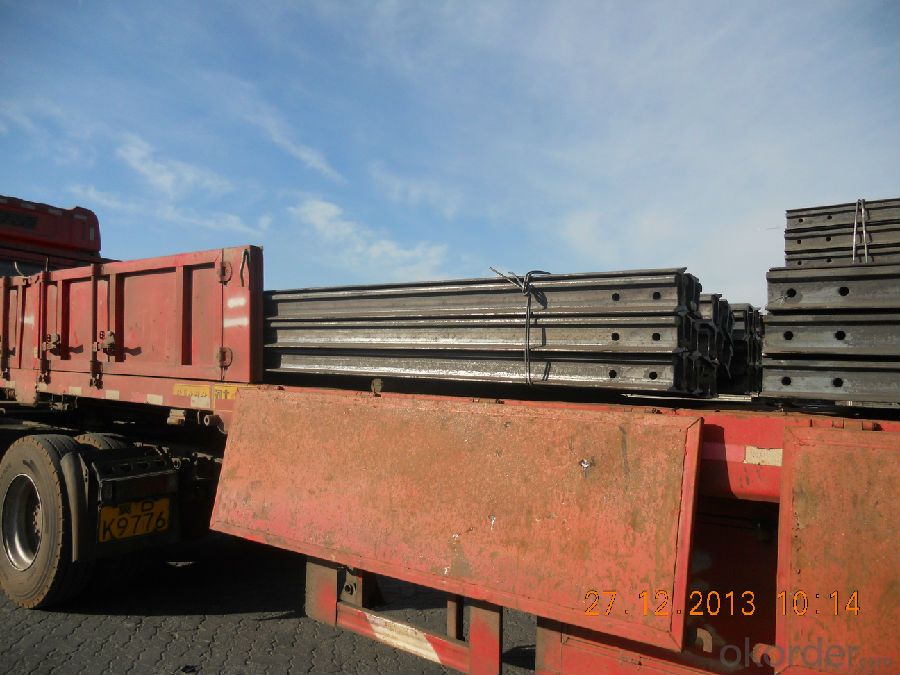
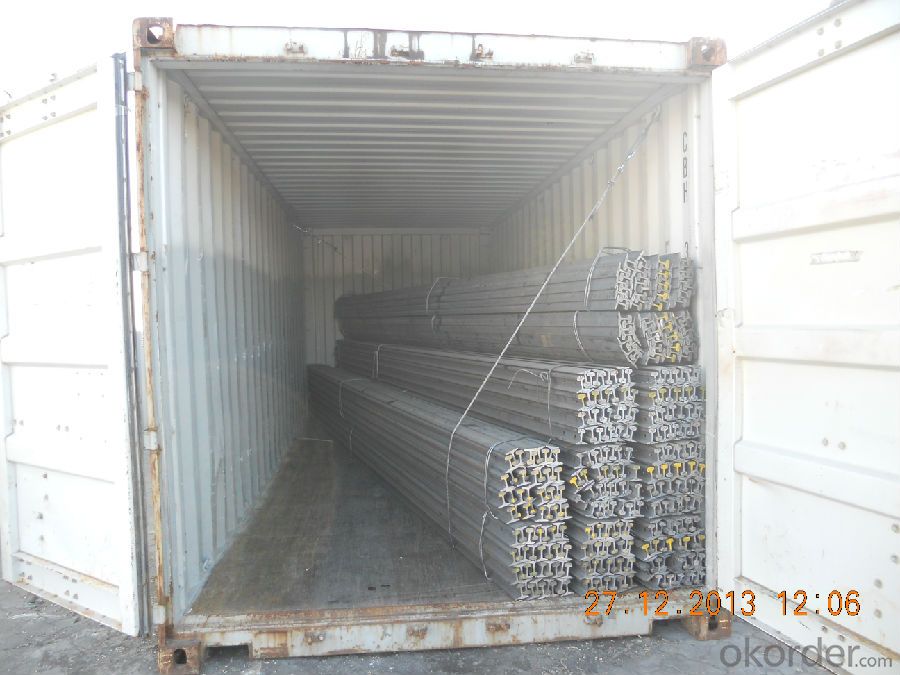
- Q: How are steel rails protected from theft and vandalism?
- Steel rails are protected from theft and vandalism through various measures that aim to deter potential perpetrators and ensure the security of these essential infrastructures. One of the primary methods employed is the use of security systems and surveillance technology. Many railway companies install closed-circuit television (CCTV) cameras along the tracks to monitor any suspicious activities. These cameras are often equipped with motion sensors and can transmit live feeds to security personnel who can respond swiftly in case of a breach. In addition to surveillance, railway companies also employ physical barriers and fencing to restrict unauthorized access to the rail tracks. Perimeter fences, barriers, and gates are often installed to deter thieves and vandals from approaching the rails. These physical deterrents are designed to make it more challenging for individuals to remove or tamper with the steel rails. Furthermore, some railway companies have implemented advanced security measures such as the use of GPS tracking systems and sensors embedded within the rails themselves. These systems can detect any unauthorized tampering or movement of the rails, immediately alerting authorities to the potential theft or vandalism. Collaboration with law enforcement agencies is another crucial aspect of protecting steel rails. Railway companies often work closely with local police departments and railway security forces to ensure regular patrols and timely response to any security threats. This collaboration helps in deterring potential criminals and ensures a swift response when incidents occur. Lastly, public awareness campaigns are often conducted to educate the public about the importance of rail security and the consequences of theft or vandalism. This helps in creating a sense of collective responsibility and encourages individuals to report any suspicious activities they may witness near the tracks. Overall, the protection of steel rails from theft and vandalism is a multi-faceted approach that combines surveillance technology, physical barriers, advanced security systems, collaboration with law enforcement, and public awareness. These measures collectively work to deter potential criminals and ensure the safety and integrity of rail infrastructure.
- Q: What are the different types of steel rail fastening systems?
- There are several types of steel rail fastening systems used in railway tracks including elastic rail clips, fishplates, rail bolts, rail pads, and rail anchors.
- Q: How are steel rails protected from damage caused by flooding?
- To protect steel rails from flood damage, a combination of preventive measures and maintenance practices is employed. Firstly, when constructing railway tracks, effective drainage systems are implemented to efficiently redirect water away from the tracks. This prevents excessive water accumulation during heavy rain or flooding. In addition, the steel rails themselves are designed to resist water damage. They are typically made from materials that are resistant to corrosion, like stainless steel or galvanized steel. These materials have protective coatings that prevent rust and corrosion, acting as a barrier between the steel and water. Regular inspections and maintenance play a crucial role in safeguarding steel rails from flood damage. Railway authorities closely monitor the condition of tracks, especially in flood-prone areas, to identify any signs of wear, damage, or erosion. If any issues are detected, prompt repairs or replacements are carried out to maintain the integrity of the rails. Moreover, advanced technologies such as remote monitoring systems and weather forecasting are utilized to anticipate and respond to potential flooding situations. Real-time data on water levels and weather conditions are collected, enabling railway authorities to take proactive measures like preemptively closing tracks or redirecting trains to minimize the risk of damage. In conclusion, a combination of proper construction techniques, corrosion-resistant materials, regular maintenance, and advanced monitoring systems work together to protect steel rails from flood damage. These measures ensure the safety and reliability of railways, even in challenging weather conditions.
- Q: What are the different types of rail maintenance vehicles used with steel rails?
- There are several types of rail maintenance vehicles used with steel rails. Some common ones include rail grinders, which are used to remove imperfections and restore the shape of the steel rails; rail trucks, which are equipped with tools and equipment for various maintenance tasks such as track inspection, welding, and fastening; rail cranes, used for heavy lifting and construction projects; and ballast regulators, which distribute and shape the ballast material under the tracks to maintain stability. These vehicles play a crucial role in ensuring the safety and efficiency of railway systems.
- Q: How are steel rails replaced when they become worn out?
- Steel rails are typically replaced when they become worn out by a process called rail replacement or rail renewal. This involves removing the old, worn-out rail sections and replacing them with new ones. The replacement process can vary depending on the specific circumstances, but it usually involves cutting the rail sections, removing the old rails using heavy machinery, and then installing new rails in their place. The new rails are typically secured to the track bed using fasteners such as spikes or clips, ensuring that they are firmly in place and ready for use.
- Q: Scrap rail has what use, what enterprise demand on rail?
- Demand: renovation and reuse; hardware design; steel smelting furnace.Section 180, bottom width 150, top width of 75The price, of course, depends on the foreigner's offer
- Q: What are the potential risks of using steel rails in corrosive environments?
- The potential risks of using steel rails in corrosive environments include accelerated corrosion, reduced structural integrity, increased maintenance requirements, and potential safety hazards.
- Q: Are steel rails used in tourist train operations?
- Yes, steel rails are commonly used in tourist train operations. Steel rails provide a strong and durable track infrastructure that is capable of handling the heavy loads and constant use typically associated with tourist trains. These rails are designed to ensure smooth and safe travel for passengers, and they are able to withstand the weight of the train as well as any additional equipment or amenities that are part of the tourist experience. Additionally, steel rails require less maintenance compared to other types of tracks, making them a cost-effective choice for tourist train operators.
- Q: How do steel rails contribute to energy efficiency in rail transportation?
- Steel rails contribute to energy efficiency in rail transportation in several ways. Firstly, steel is a highly durable and strong material that allows for the efficient transfer of loads and minimizes the energy required to maintain rail alignment and stability. This reduces the overall energy consumption during train operations. Additionally, steel rails have low friction coefficients, which means less energy is needed to propel the train forward. Moreover, steel rails have a longer lifespan compared to other materials, which reduces the need for frequent replacements and associated energy-intensive maintenance activities. Overall, steel rails play a crucial role in optimizing energy efficiency in rail transportation, resulting in reduced fuel consumption and lower greenhouse gas emissions.
- Q: How do steel rails compare to wooden rails?
- Steel rails are generally considered superior to wooden rails in terms of durability, strength, and overall performance. Steel rails have a significantly longer lifespan compared to wooden rails, as they are not prone to rotting, warping, or decay like wood. They can withstand heavy loads and high-speed trains without the risk of bending or breaking. In terms of maintenance, steel rails require less frequent repairs and replacements, resulting in lower long-term costs. Steel rails also provide a smoother and more stable ride due to their uniformity and resistance to wear and tear. Additionally, steel rails offer better track stability, reducing the risk of derailments and improving overall safety. While wooden rails may still be used in certain situations, such as heritage railways or scenic routes, steel rails are the preferred choice for most modern railway systems due to their numerous advantages.
Send your message to us
Mild Steel Prime Hot Rolled Light Rail Steel
- Loading Port:
- China main port
- Payment Terms:
- TT OR LC
- Min Order Qty:
- 100 m.t.
- Supply Capability:
- 10000 m.t./month
OKorder Service Pledge
OKorder Financial Service
Similar products
Hot products
Hot Searches
Related keywords
